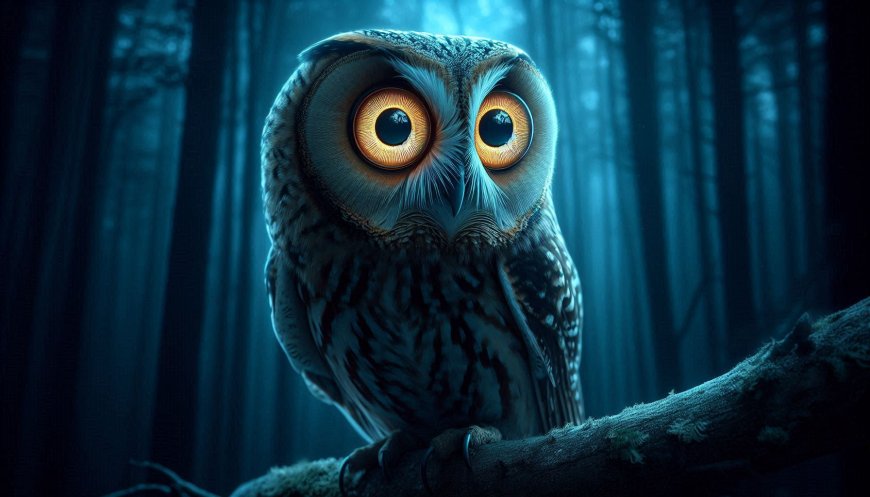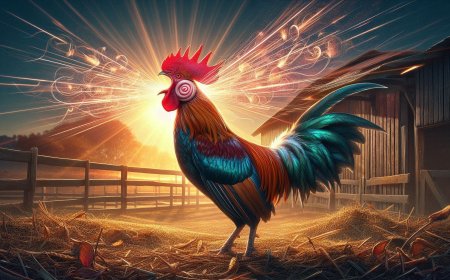Owls Don’t Have Eyeballs? What’s Really Going On?
Discover the fascinating truth behind why owls don’t have eyeballs, but instead have long, tube-shaped eyes that enhance their vision. Learn how this unique anatomy helps owls thrive in the dark.

When you think of owls, their large, intense eyes probably come to mind. But did you know that technically, owls don’t have “eyeballs” in the way most animals do? Instead, they possess elongated, tube-shaped eyes that are fixed firmly in their skulls, giving them a visual system that’s truly one-of-a-kind.
A Tubular Vision
Unlike the spherical eyeballs of humans, owls have tubular eyes that stretch deep into their heads. This unusual shape isn't just for show—it's all about functionality. The tubular design allows owls to gather and focus more light than a round eye would, which is crucial for their survival as nocturnal hunters. Imagine their eyes as natural telescopes, designed for clarity in low-light environments like twilight or moonlit nights.
Because their eyes are immobile within their sockets, owls can't glance side to side without moving their entire head. To make up for this, they’ve developed astonishing neck flexibility. An owl can turn its head a whopping 270 degrees in either direction. This means that while their eyes are fixed, they can still survey their surroundings with ease.
Seeing in the Dark
This eye structure also enhances an owl’s depth perception, which is essential when diving through trees or striking at prey in the darkness. Owls’ retinas are packed with rod cells, which are highly sensitive to dim light, making them masters of night vision. While they don’t perceive colors as vividly as humans, they’re particularly good at detecting movement in the dark.
But there’s more to the owl’s visual system than just its tubular eyes. Owls have a third eyelid called the nictitating membrane. This thin, translucent lid slides across their eyes like a windshield wiper, cleaning and moisturizing them while still allowing some light through. It helps keep their precious, highly specialized eyes protected from dust and debris.
Trade-Offs in the Animal Kingdom
The downside to having tubular eyes is a lack of peripheral vision—owls can’t see wide-angle scenes without turning their heads. However, their sharp hearing compensates for this limitation. With ears positioned asymmetrically on their heads, owls can pinpoint the location of sounds, even those made by prey hidden under leaves or snow.
Owls’ unique eye structure has intrigued scientists for decades, inspiring studies on visual technology and even influencing designs for night-vision devices. These remarkable adaptations, perfected over millions of years, allow owls to reign as one of nature’s most skilled nocturnal predators, all without ever needing to roll their eyes.
What's Your Reaction?






































































































